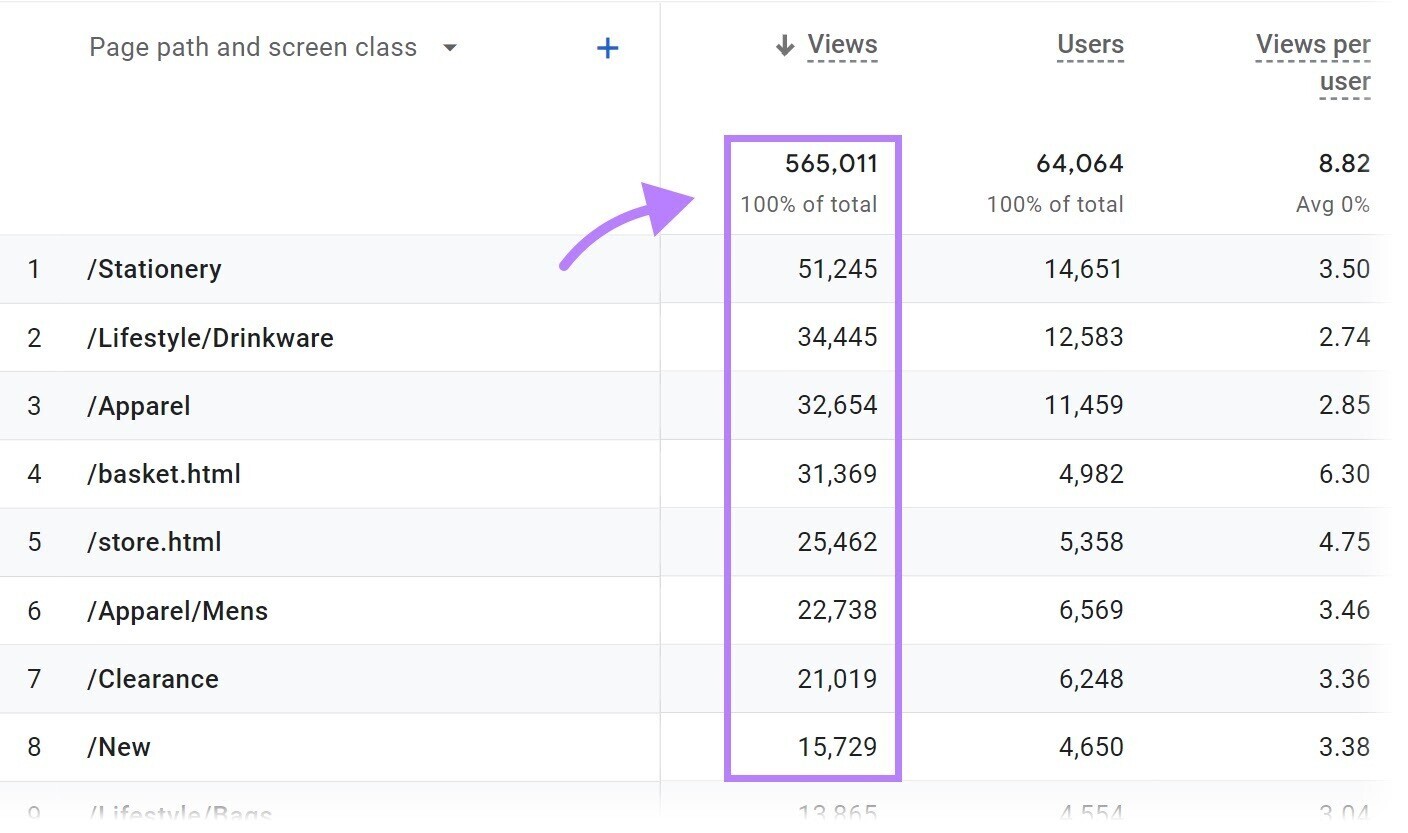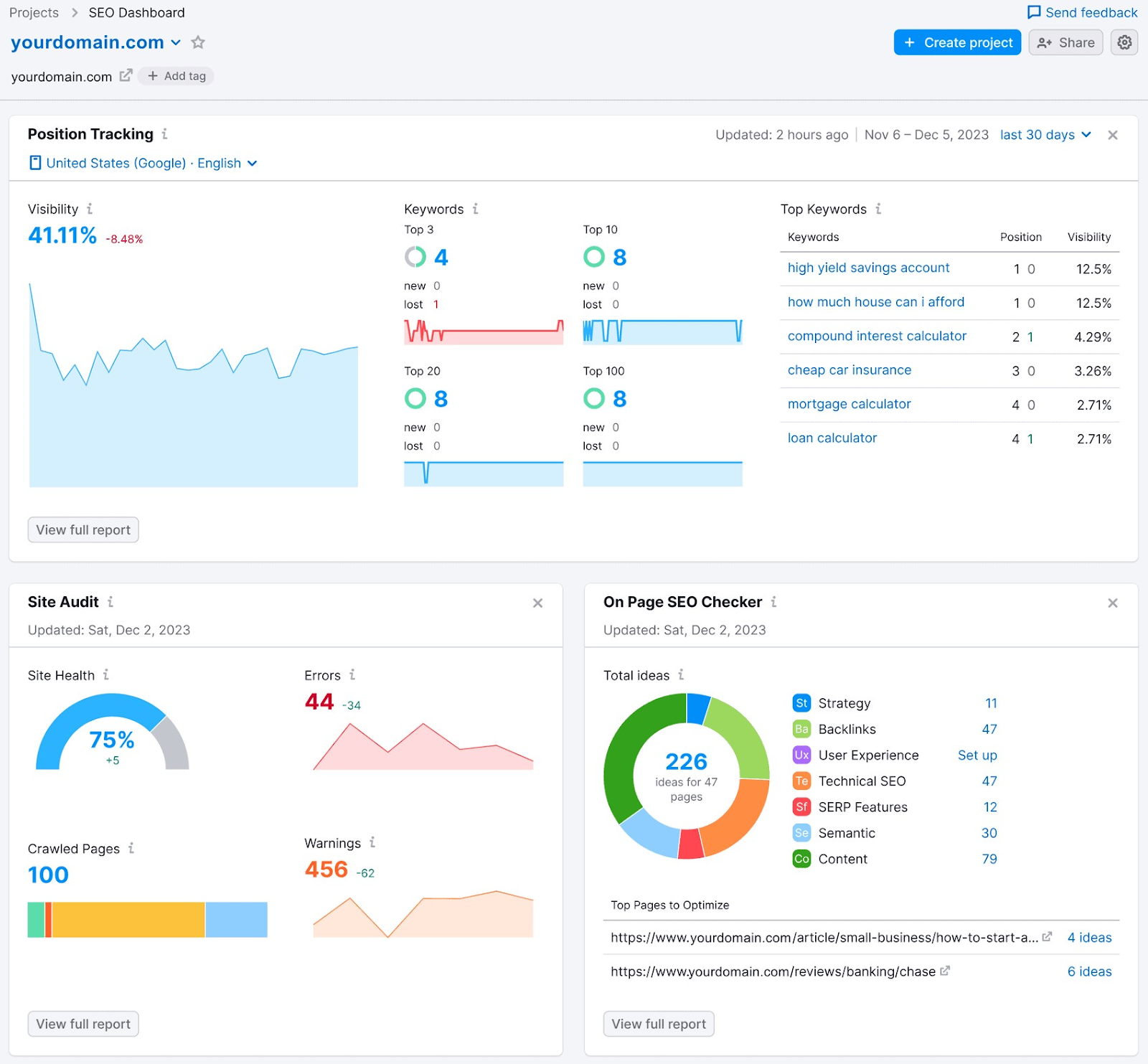A Complete Overview to Comprehending When Does the Google Analytics Tracking Code Send an Event Hit to Analytics
A Complete Overview to Comprehending When Does the Google Analytics Tracking Code Send an Event Hit to Analytics
Blog Article
Master Site Insights With Accurate Google Analytics Monitoring Code
The efficient utilization of Google Analytics pivots on the accurate execution of its monitoring code, a fundamental action typically overlooked by web site owners. What are the usual mistakes that could threaten your tracking initiatives, and how can you make certain accuracy in your strategy?
Understanding Google Analytics Basics
Google Analytics is a necessary tool for internet site owners and marketing experts, giving important insights right into customer actions and web site efficiency. At its core, Google Analytics gathers information about visitors to a site, permitting individuals to examine metrics such as web traffic sources, individual involvement, and conversion rates. Recognizing these principles is vital for maximizing a website's efficiency and improving individual experience.
The platform uses cookies to track interactions, videotaping data such as page views, session periods, and bounce rates. This info is accumulated and presented through customizable control panels, enabling customers to visualize trends in time. Trick efficiency indications (KPIs) can be kept track of, such as the overall number of individuals, new versus returning visitors, and the geographic distribution of the audience.
Furthermore, Google Analytics provides segmentation features, allowing users to isolate specific traffic resources or customer demographics for even more targeted evaluation. By grasping these foundational aspects, site owners can make informed decisions about content strategy, marketing projects, and overall website enhancements. Inevitably, recognizing Google Analytics essentials is essential for leveraging data to drive development and accomplish company objectives effectively.
Establishing Your Monitoring Code

Replicate the given monitoring code and paste it into the HTML of your website. This makes certain that the monitoring code loads prior to any kind of other content, permitting it to catch data properly.
After setup, verify that the monitoring code is working correctly by utilizing Google Tag Aide or the Real-Time reports in Google Analytics - when does the google analytics tracking code send an event hit to analytics?. This action is necessary to verify that your data collection is energetic and precise, establishing the structure for insightful analysis
Usual Monitoring Code Issues
This might occur when the monitoring code is positioned in the wrong section of the web site's HTML, often leading to absent or insufficient data. Additionally, having multiple circumstances of the tracking code on a single page can result in filled with air metrics, as user interactions might be counted more than as soon as.
One more problem arises from making use of ad blockers, which can avoid the monitoring code from executing altogether, therefore skewing information. when does the google analytics tracking code send an event hit to analytics?. Additionally, failing to configure filters correctly can bring about the exemption of vital traffic resources or the incorporation of undesirable referral spam, misshaping the information accumulated
Web site owners might also ignore the importance of tracking code updates, specifically when migrating to Google Analytics 4 (GA4) from Universal Analytics. Finally, inadequate testing prior to launching changes can result in unseen mistakes in the monitoring code, further making complex data reliability. Dealing with these common concerns is important for ensuring accurate monitoring and informative analytics.
Analyzing Website Information Properly
Precise data collection is just the initial step in leveraging Google Analytics; the genuine value exists in successfully evaluating that information to drive informed decision-making. To achieve this, it is vital to identify essential efficiency signs (KPIs) that align with your company goals. Concentrate on metrics such as conversion prices, individual interaction, and traffic resources, as these will provide understandings into user behavior and the total performance of your web site.
Utilizing Google Analytics' division functions enables a deeper understanding of your target market. By breaking down information right into specific demographics, behaviors, and website traffic channels, you can reveal patterns and patterns that inform targeted approaches. Applying customized reports and control panels can improve this procedure, enabling fast accessibility to essential data.
In addition, consistently evaluating information trends gradually aids to determine abnormalities and opportunities for improvement. Use visualization devices to present data in a quickly absorbable format, promoting a lot more reliable communication with stakeholders. Eventually, the capacity to assess site data successfully encourages businesses to make calculated choices that boost customer experience, optimize marketing efforts, and drive growth.
Ideal Practices for Accurate Monitoring
Executing effective monitoring techniques is critical for getting reliable data in Google Analytics. browse this site To ensure exact monitoring, begin by appropriately installing the Google Analytics tracking code on every web page of your site. This can be completed with a tag supervisor or by directly installing the code into the HTML.
Next, configure your Google Analytics account to omit inner traffic. This can be done by establishing up filters that recognize and eliminate sees from your company's IP address, therefore avoiding manipulated information. Additionally, use event tracking to check specific individual communications, such as downloads or video clip plays, which standard page views may ignore.
Regularly audit your tracking configuration to verify that all functions, such as objectives and ecommerce monitoring, are operating properly. Establish a consistent naming convention for your campaigns and events to assist in much easier coverage and evaluation.
Last but not least, take into consideration leveraging UTM criteria for projects to obtain understandings right into the performance of various advertising and marketing efforts. By adhering to these finest practices, you can improve the accuracy of your data collection and evaluation, ultimately leading to even more enlightened decision-making for your internet site.
Verdict
Exact execution of the Google Analytics tracking code is essential for understanding internet site understandings. By making certain the monitoring code is properly placed and routinely audited, website proprietors can record crucial user interaction information, therefore helping with the identification of key efficiency signs. Effective evaluation of this data, integrated with adherence to finest practices, makes it possible for educated decision-making and the optimization of on the internet strategies. Inevitably, a durable tracking structure improves the ability to drive involvement and enhance overall web site performance.

Inadequate testing before introducing modifications can result in unnoticed errors in the tracking code, further complicating information dependability.Applying reliable monitoring methods is vital for obtaining reputable data in Google Analytics. By making sure the monitoring code is properly put and on a regular basis investigated, website proprietors can catch important user communication data, thus facilitating the recognition of essential performance signs.
Report this page